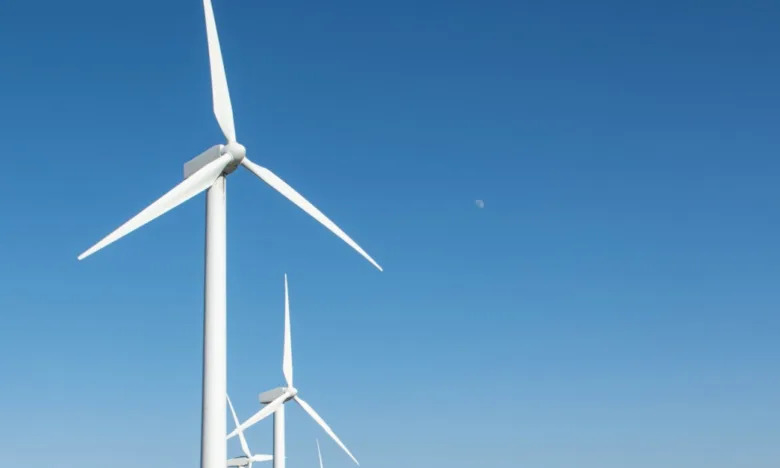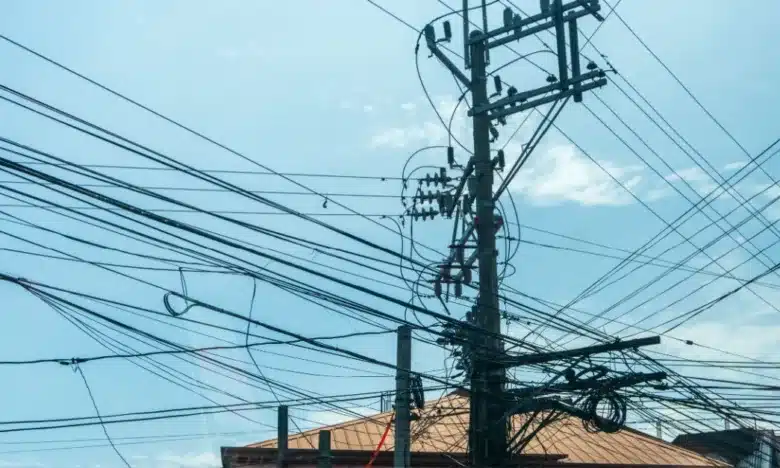
Green Buildings: Structures for the Future
- August 19, 2024
Green buildings are a more mindful, environmentally-conscious way of approaching building construction. These are sprouting all over the country, and that’s a very good thing for our environment. They just might be structures for a more sustainable future.
What makes a building green?
Modern building construction has come a long way from what it used to be a few decades ago. Design trends come and go, but green buildings is one “trend” that many are hoping is here to stay.
Green buildings take into consideration better, more sustainable practices for building construction with the goal of minimizing negative environmental impacts. Architects, construction engineers, designers, and builders all have a role to play in the construction of a green building. Everything from a structure’s materials to its energy systems and other features are taken into careful consideration.
The World Emissions Clock says that buildings accounted for over 3 gigatons of greenhouse gas (GHG) emissions in 2022. Green buildings help reduce the amount of GHG through more energy-efficient systems and features.
Benefits of Green Buildings
Apart from helping reduce GHG emissions of a structure, green buildings have numerous benefits. Some of them are:
Lower operational costs – Green buildings can lower the cost of building utilities as compared to traditional buildings.
Improved waste management – Waste generation is reduced in green buildings thanks to better recycling management and repurposing practices.
Aesthetics and more comfortable practical use – A green building can even improve the wellbeing of the people conducting their businesses there. Thanks to natural elements incorporated into the design of the structure, stepping inside a green building may be more relaxing than a conventional building.
Higher property values – A green building takes advantage of modern technology and innovations in sustainable methods. New green buildings increase the value of the property on which it stands.
Brick by Brick: Components of a Green Building
For a structure to be considered “green”, it must meet specific standards, which may vary from country to country. However, green buildings possess the following components:
A sustainable, mindful building design – In designing green buildings, the environment is top of mind. The structure should not be harmful to its environment, and should have features that maximize natural elements for ventilation and lighting.
Ethical land use – Location, location, location is crucial to constructing green buildings. The landscape is studied, and the less modifications made to the land itself prior to building, the better. Ecological, as well as communal impacts are also taken into consideration.
Natural Materials – Eco-friendly, locally and ethically-sourced, and recycled materials have lower environmental impact than traditional materials. Today, many innovations have been applied in construction such as the use of hair and other fibers for reinforcement, as well as other recycled materials such as plastic.
Energy-efficient features – Green buildings may maximize solar power instead of being solely reliant on electricity. Large solar panels may be installed on roofs to make use of more sustainable energy sources. These buildings also make use of integrated energy systems, timers, and sensors to conserve energy.
Water-saving features – Some green buildings have made an effort to conserve water by making use of recycled water for water closets and toilets. People in the building are also reminded to use water more mindfully.
Notable Green Buildings in the Philippines
Our country certainly does not lag when it comes to adopting green building practices. There are even tax incentives for those who build green. In 2023, the Mandaue City Council approved an ordinance providing tax incentives for those constructing green buildings, thereby contributing to the reduction of GHG and minimizing the environmental impact of buildings
Here are a few notable green buildings found in the Philippines.
Robinland Business Center – Located in Cebu City, Robinland Business Center is a green building that incorporates sustainability in its blueprints. Energy-efficient lighting, sewage treatment for water recycling, and an efficient waste management system round up a design that maximizes natural lighting and reduces the need for air conditioning.
Henry Sy Jr. Hall in the De La Salle University – Certified by Building for Ecologically Responsive Design Excellence (BERDE) of the Philippine Green Building Council (PhilGBC), this building inside the De La Salle University was built with sustainable materials and incorporates an integrated renewable energy system.
Zuellig Building in Makati City – A “net zero” building, it has been called one of the “most sustainable buildings in Asia”, according to Lamudi. The building features walls that reduce solar heat gain and energy loss. Its sensor-controlled lighting system shuts off bulbs not in use. Asian Development Bank (ADB) in Mandaluyong City – It has a water-efficient landscaping system, as well as a rainwater-harvesting system. The building partially utilizes solar power.



